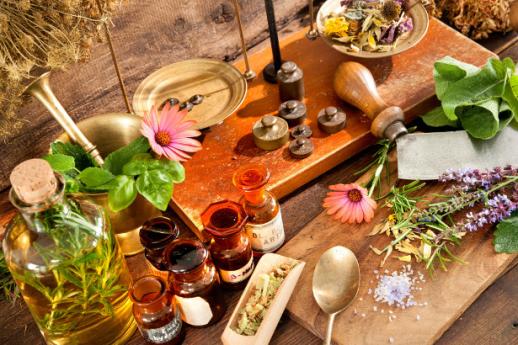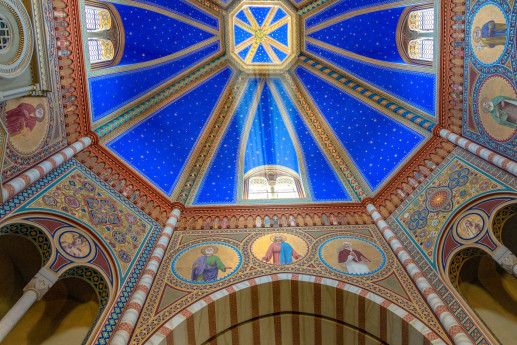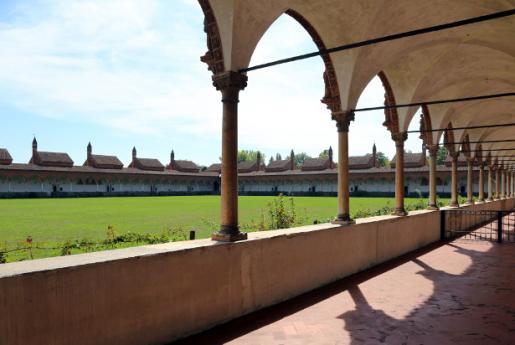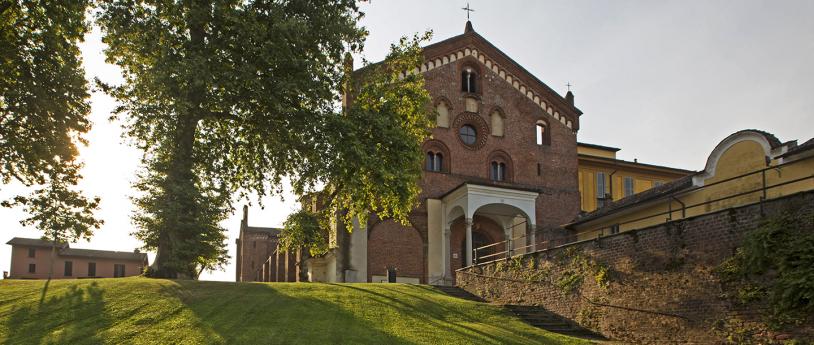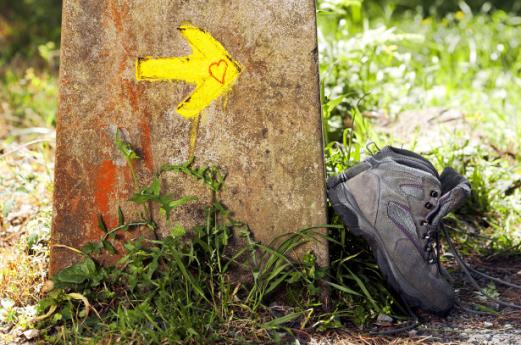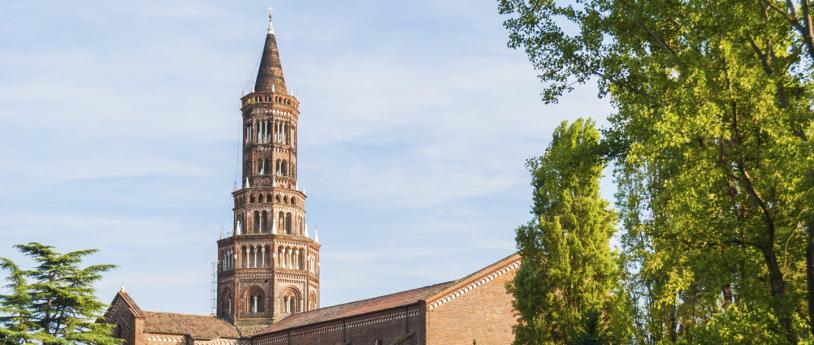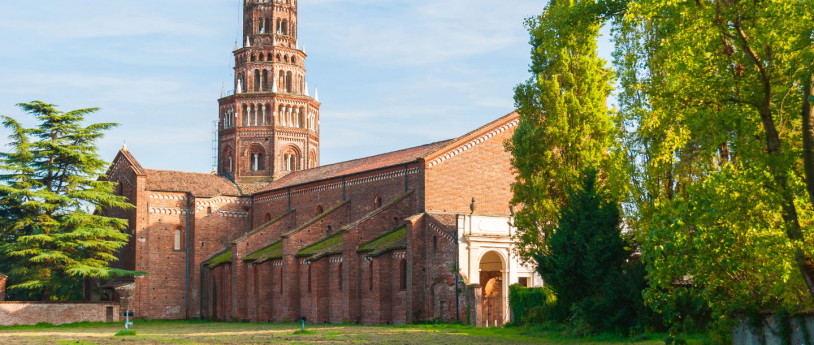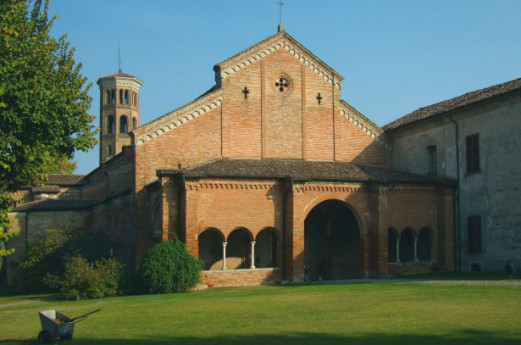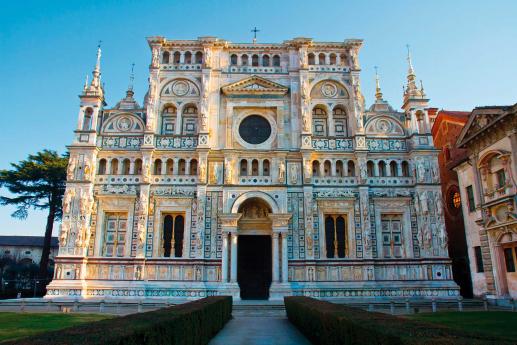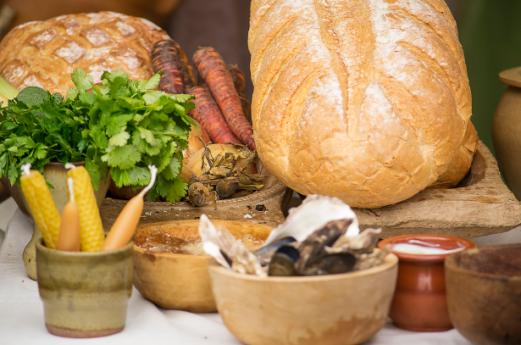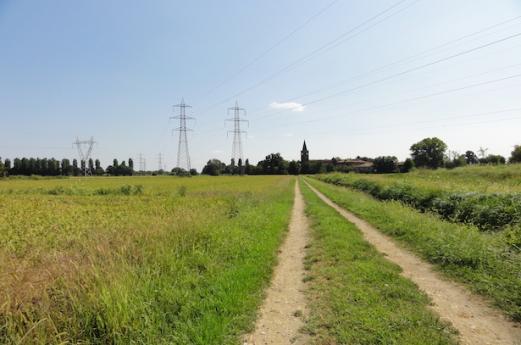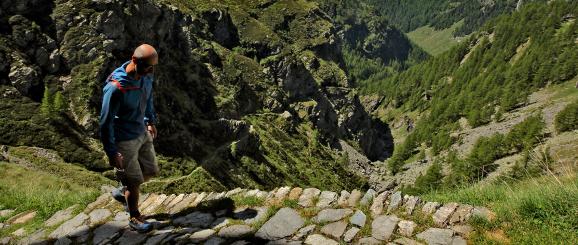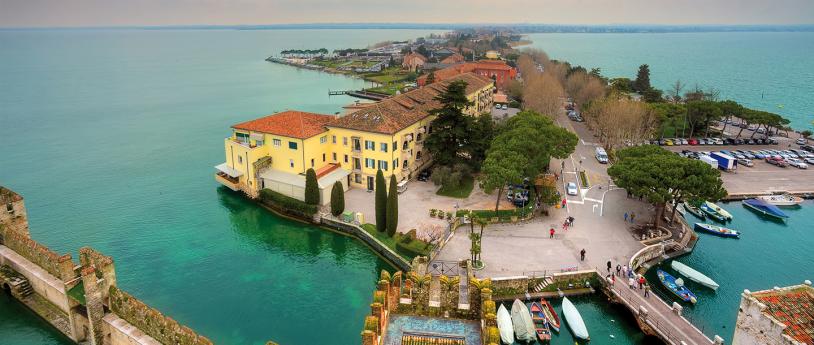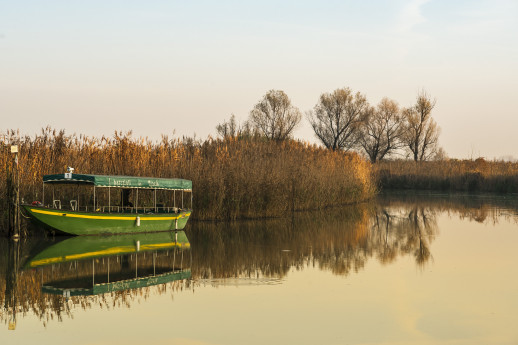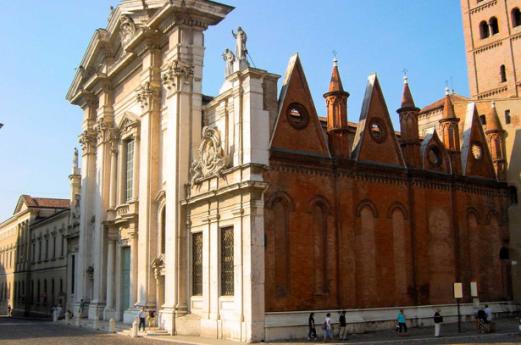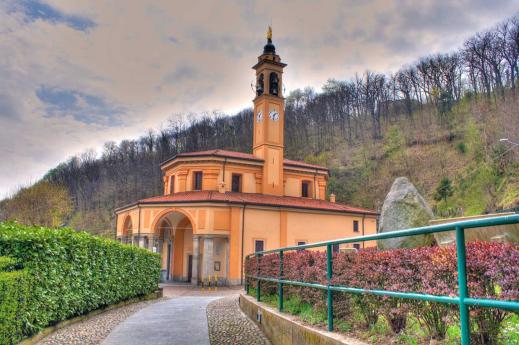- Religious Tourism
- Itinerari
Il Cammin Breve
A "brief" guide to 7 churches in the heart of Milan
The Short Way is a route that runs from the heart of Milan to Porta Ticinese. It includes seven places to visit: the churches of Santa Maria presso San Satiro, San Sebastiano, Sant’Alessandro in Zebedia and San Giorgio al Palazzo, the Basilica di San Lorenzo Maggiore, the Sanctuary of Santa Maria della Vittoria and Sant’ Eustorgio, fascinating evidence of Milan’s history.
Starting from Piazza Duomo, the route leads to Via Torino and the church of Santa Maria presso San Satiro, constructed at the end of the fifteenth century on the orders of Duke Gian Galeazzo Sforza.
Close by, still in Via Torino, is the church of San Sebastiano, also known as the Tempio Civico, and, a little further on, the church of Sant’ Alessandro in Zebedia, a place of worship in the great Catholic tradition of Milan, located in the historic centre of the city, precisely in the place where tradition holds that Sant’ Alessandro Martire was held prisoner. Although little known, the square in which it is located is one of the most characteristic of old Milan.
The fourth visit in this short Milan route, still along the Via Torino, is to the Chiesa di San Giorgio al Palazzo, an artistic pearl that overlooks a little square to the side.A few hundred metres away is one of the most ancient churches in Italy and Milan: the Basilica
di San Lorenzo Maggiore, captivating for its impressive architecture and works of art. Over the centuries, it has been subject to numerous, significant interventions and now guides visitors on a special interior spiritual search.
Nearby stands the Santuario di Santa Maria della Vittoria. The church was built in the 17th century and was opened to the public only at the end of the 17th century, following the suppression of the Monastery.We continue towards Porta Ticinese, where the last visit of the Short Way is found: the Basilica di Sant’Eustorgio.
The foundation of the basilica – located on a cemetery dating from the 3rd – 4th century A.D., coinciding, according to tradition, with the site where the apostle Barnabas baptised the first Christians - was attributed over the years to Eustorgio I, Bishop of Milan (344-350 A.D.). The remains of an earlier church from the early Christian era (6th century) are visible under the apse, the walls of which, dating from the first half of the 11th century, bear witness to subsequent works in the Romanesque period.
3 REASONS TO COVER THE ROUTE
1. The chapel of S. Aquilino, located in the right side of the basilica of San Lorenzo, where some of the most ancient mosaics in Milan can be found, dating from the 4th century.
2. Discover Milan, a modern metropolis that offers visitors a wide range of monuments, museums and places of worship to visit, evidence of the important role the city played over the centuries.
3. Below the Basilica di S. Lorenzo are the stones of the Roman amphitheatre of the city of Milan.
